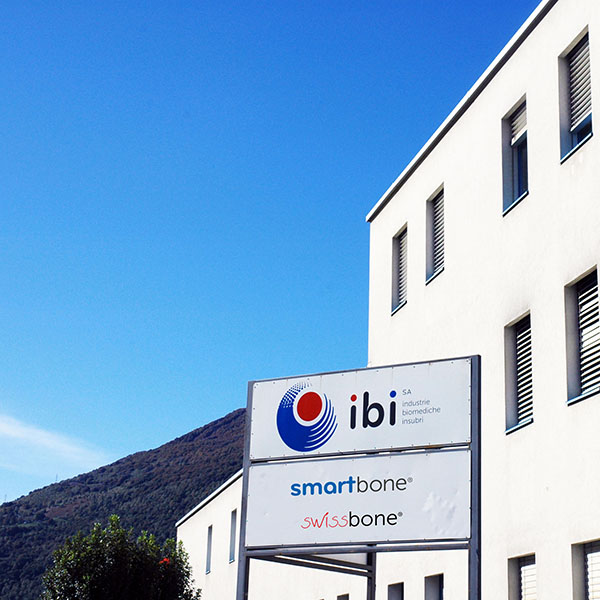CLOSE


Similarly to what is the consolidate practice on medicaments and drugs in general, also medical devices must be monitored once placed into the market. Indeed, together with post-marketing surveillance, in general, routine advanced clinical and biological analysis are essential in evaluating an implantable medical device’s performance over time (see e.g. European Commission guideline Med.Dev 2.7.1, Rev.4, June 2016). This is way more important, the higher the risk class of the medical device. In the specific case of resorbable bone grafts, belonging in EU to class III, post marketing clinical studies and follow-ups allow tracking long term device performances. Here, most precisely, one of key parameters to follow is whether natural restructuring has allowed the creation of biological tissue with optimized microstructure, according to the physiological functions. In this respect, certainly histological examinations represent a crucial and very precise analysis: this technique involves tissue biopsy, which requires the collection of bone material from the patient; as a consequence, it results to be an invasive practice and, although it can be carried out fairly smoothly in the oral field, it becomes rather difficult in the skull region and it’s almost impossible in the orthopedic applications.
To overcome this practical issue, IBI sa developed and validated an investigational protocol to assess the changing in bone density over time, via radiographic investigations, hence in a very common yet non-invasive manner.
Thanks to this efforts, IBI sa was able to investigate the long term clinical remodeling of its xenohybrid bone graft SmartBone®: there is a clear morphological pattern on the evolution of the standard X-Ray imaging series over time which shows the substitution of the grafted material with a more homogeneous signal in the area of graft implant. It is key to underline that the progressive remodeling together with an increase of the mineral signal cannot be dependent on the active remodeling of the graft per se, given it is a decellularized matrix, hence such increase in the density over time id dependent on novel mineral matrix apposition induced by SmartBone®. This neo-apposition is quantified in the measures reported using CT scan, well matching also the histological data available too. Noteworthy, bone growth was not only limited to the site where SmartBone® was inserted, but new bone was also growing in the areas adjoining the implant, suggesting that bone growth continued until the natural anatomy of the site was fully restored, finally resulting in a complete and anatomically selective remodelling.
For further information, see also:
https://www.ibi-sa.com/publications/hybrid-scaffold-for-bone-reconstructive-surgery/

IBI SA
Industrie Biomediche Insubri SA
via Cantonale 67, CH-6805 Mezzovico-Vira, Switzerland
t. +41 91 93.06.640
f. +41 91 220.70.00